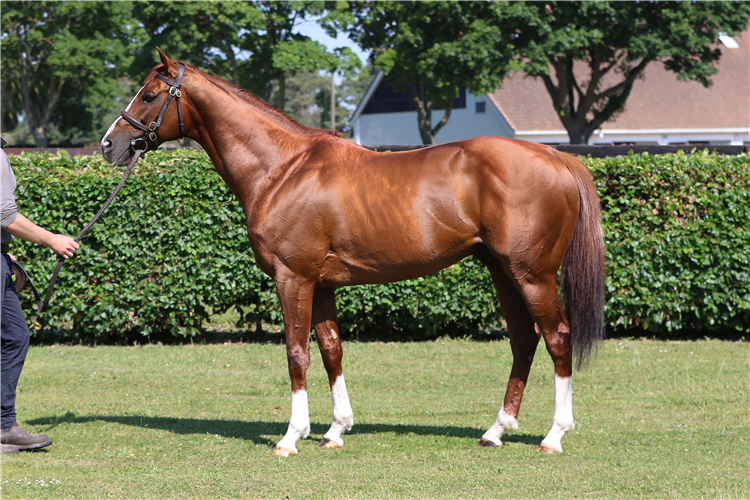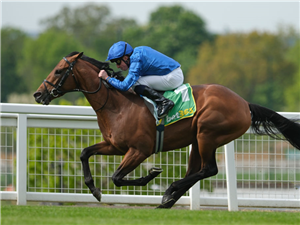
Thoroughbred breeding remains shrouded in mystery to the average race-goer – a concept that exists solely behind the closed gates of the big-name studs, such as Juddmonte, Darley and Cheveley Park.
Sire and dam names are listed on race-cards, racing analysts make fleeting references to character traits and the occasional big budget purchase at the sales hits the racing headlines – yet the years between a horse retiring and it's offspring appearing on the track continue to be a vague notion for many.
It is a rare chance for Thoroughbred breeding to change that mindset, and embrace educating the public about a side to the industry which operates solely with the horse as the epicentre of every decision.
Over two thousand people come through the gates of The National Stud every year through the Discover Newmarket tours, and they will now have the opportunity to understand the full life cycle of a successful Thoroughbred through the medium of Stradivarius, the epitome of a 'perfect racehorse'.
A seven-time Group 1 winner, striking chestnut Stradivarius will be remembered for his tenacity, his longevity and his long association with Frankie Dettori. The stallion is small compared to his neighbours at the National Stud, but he walks with a buoyancy that does not require any tedious explanation regarding over-track, hindquarters or balance to those 'not in the know'. It would be fair to bet that an un-assuming member of the public would pick Stradivarius out of a line-up if asked to find a 'good one' – he oozes star quality and immediately captures the eye.
Head of Bloodstock Joe Bradley is justifiably proud of their star and understands the wider implications of Stradivarius' presence at the National Stud.
"It is an honour to have a horse like Stradivarius," said Bradley.
"As time goes on, you realise how much influence he's had on racing in the last ten years, on the wider public and how much he brings to the table. To have him here, and use him as a stallion, is really satisfying.
"Discover Newmarket run tours throughout the year and it undoubtedly adds a huge element to the visits. He is the horse that everybody wants to see and probably always will be. There are very few horses, even the top racehorses every year, rarely have that profile that extends outside of racing.
"There is maybe a perception that stallions are some sort of mythical beasts. When visitors come to the stud they see the stallions, see how well they're handled and turned out. They're kind and gentle as well in so many ways – the public love seeing that."
Stradivarius is not only a figurehead for the bloodstock industry – he is an exciting new stallion for British-based breeders with the credentials to make waves with his offspring on the track.
A son of Sea The Stars, Stradivarius has been lauded by industry experts for his exceptional walk and the first foals to hit the ground have not been a disappointment. The eye-catching chestnut stallion is stamping his youngstock, with Martin Stevens from the Racing Post noting that "nearly all the ones
I've seen have a chestnut coat, white blaze or white legs – or a combination of all three, just like their father".
For the National Stud, commercial success as a flat stallion remains of upmost importance and Stradivarius has made a flying start.
"He's a huge personality, he's everything you want in a horse – if you were to sit down and map out the perfect horse then he would be it," added Bradley.
"He's got multiple selling points and multiple reasons why people should use him, but the way he looks, the way he is from a conformational point of view and how he moves - his athleticism is definitely a standout.
"Whilst there is commentary around that we are breeding for the sales and commercial speed, there are still plenty of breeders out there that just want to breed a really sound, good racehorse to run over a variety of distances. And a horse like Stradivarius really pulls them out."
Responsibility weighs heavy on those chestnut shoulders, but Stradivarius proved time and time again on the racecourse that he is a true champion, and that mentality remains. Could he be the key to breaking down the fourth wall between the wider public and the breeding industry?
That – as Joe Bradley wryly adds – is "in the lap of the racing gods".







